
“The New Generation” T-Shirts
September 19, 2018
A Study of Wheels
September 25, 2018$14.95
1. Unstyled Model “B” Tractors
2. Early Styled Model “B” Tractors
3. Late-Styled Models “A” and “B” Tractors
4. Early Styled Model “A” Series Tractors
5. “AO”/“AR”/“AOS” Tractors
6. Model “G” Tractors
7. Model “H” Tractors
8. Numbered Series” Waterloo-Built Two-Cylinder Tractors
UNSTYLED MODEL “B” TRACTORS: This article covers the wheel equipment for the unstyled Model “B” Tractor, and its variants, the “BN”, “ BW”, “BNH”, “BWH”, and “BWH-40”. While the tractors themselves are simple and easy to understand, sometimes the wheel equipment and combinations available for them from the factory are not. The purpose of this article is to acquaint you with the various wheels and wheel combinations available from the factory for these very popular tractors.
Serial numbers for the unstyled Model “B” Series Tractors began with serial number 1000 and ended with serial number 58246. Serial numbers 58247–599999 were scrapped. Whenever possible, serial number ranges where specific wheels were used are listed, but in some cases the information is simply not available.
EARLY STYLED MODEL “B” TRACTORS: Wheel equipment for the early styled Model “B” General Purpose Tractor, and its variants, the “BN”, “ BW”, “BNH”, “BWH”, and “BWH-40” are included in this article.
Serial numbers for the early styled Model “B” Series Tractors began with serial number 60000 and ended with serial number 200999. Whenever possible, serial number ranges where specific wheels were used are listed, but in some cases the serial number at which a specific wheel came into production is simply not available.
Wheel equipment combinations are shown for the 1939 and 1941 model years, as these were the two model years when major changes were made in wheel equipment. This information came from Dealer Price Books from the Omaha Sales Branch. Deere Branch Houses in other regions often specified somewhat different combinations of wheel equipment as “regular” equipment, but the listings above reflect quite accurately what was and was not available from the factory. Other wheel combinations not listed here were most likely available on special order. Although the wheels themselves and part or assembly numbers changed at different times as noted in the wheel descriptions, the combinations of wheel equipment remained virtually the same, although some of the smaller rear tire sizes were removed from the option lists in 1944–1945.
LATE STYLED MODELS “A” & “B” TRACTORS: Wheel equipment for the late-styled Model “A” and Model “B” Tractors; and their variants, the “AN”, AW”, and “AH”, along with the “BN” and “BW” is included.
The high-clearance “ANH”, AWH”, “BNH”, and “BWH” models were canceled, and replaced by “AN”, “AW”, “BN”, and “BW” Tractors which offered a choice of tire sizes and crop clearance. To further simplify both parts production and parts inventory, as much wheel equipment as possible was made common to both the “Model “A” and Model “B” Tractors. Wheel equipment combinations and options were rather limited as compared with the tractors of the unstyled and early styled eras.
EARLY STYLED MODEL “A” SERIES TRACTORS: Wheel equipment for the styled Model “A” Tractor, and its variants, the “AN”, “ AW”, “ANH”, and “AWH” are featured. These tractors are divided into two separate groups: the 1939 models (serial numbers 477000–487999), which used 12-spline rear axles, and the 1940 through 1947 models (serial numbers 488000–583999), which used 15-spline rear axles. Production of the styled 1939 Model“A” Series Tractors began in June 1938, and ended in June 1939. The 1940 models entered production in July 1939, and production of this series continued until February 1947. While redesigned Model “A” Tractors were scheduled for the 1947 model year (which at that time would have normally begun in July 1946), problems with obtaining the tooling and machines necessary to produce them forced their introduction to be delayed until March 1947. There are two models of the 1947 Model “A” Tractor — the type built prior to serial number 584000, which will be covered in this article, and what are known as the “late-styled” Model “A” Tractors beginning with serial number 584000, which were covered in a separate article.
MODEL “AR”/“AO”/“AOS” TRACTORS: In this article, wheel and tire equipment for the models “AR”, “AO”, and “AO” Streamlined Tractors will be covered. Relatively light and compact, these tractors are easy to haul. Having the right wheels for the tractor will enhance both owner enjoyment and value. For those not familiar with the serial number ranges used for these models, a breakdown will be helpful:
Early unstyled “AR” and “AO” (1935–1940): #250000–#259999
Late unstyled “AR” and “AO” (1941–1949): #260000–#271999
Styled “AR” and “AO” (1949–1953): #272000–#284074
“AO” Streamlined (1937–1940): #1000–#1891
Note that, for the most part, the serial number range for the “A” Series Standard-Tread Tractors is made up of six digits beginning with #250000. The exception is the “AO” Streamlined, or “AOS”, which began with serial number 1000.
MODEL “G” TRACTORS: The subject for this issue is the Model “G” Tractor. The Model “G” could well be called Deere’s “Centennial” Tractor, since the first production “G” was built about three weeks after what was proclaimed to be the Centennial Date (April 20, 1937) of John Deere’s first field demonstration of his steel plow.
Rather than repeatedly use the terms “unstyled,” “early styled,” “GM”, etc., I’m going to use serial numbers as described in Parts Catalogs and other reference materials as “G” Tractors. This will include all “G” Series Tractors of the following serial number ranges:
Unstyled “G”— 1000–12192 (12193–12999 not used)
“GM” — 13000–22112 (22112–22999 not used)
Early-styled “G” — 23000–25671 (25672–25999 not used)
Late-styled “G” — 26000–64530
MODEL “H” TRACTORS: Wheel equipment adopted for the production Model “H” Series Tractors is simple and easy to understand. Almost everyone who is even casually interested in the Model “H” Series Tractors is aware that only 37 “HNH” Tractors and 126 “HWH” Tractors were built, and that these tractors were equipped with special nine-bolt rear wheel hubs to adapt Model “B” 38-inch pressed-steel rear wheels and tires to the “H” rear axles. However, there is a combination that many “H” collectors may have never heard of — the special Short Rear Axle, and the Rear Wheel Hub for 32-inch wheels that goes with it.
Other than the mystery of the short rear axles, the rest of the wheel combinations for the Model “H” Series Tractors is very clear: all Model “H” Series Tractors were equipped with rubber tires from the factory.
FIRST NUMBERED SERIES TRACTORS — WATERLOO: This article will take a different direction and cover the wheels for the First Numbered Series: “20” Series, “30” Series, and “40” Series Two-Cylinder Tractors built at the Waterloo Tractor Works. As research began on this article, and as research continues to develop the manuscript for a two-volume work on two-cylinder tractors (more about that later), the usual sources and files were used, but some anomalies began to show up which prompted further research into obscure files that had not yet been thoroughly evaluated. These files yielded information that will be revealed for the first time in this article.
“A Study of Wheels” is an in-depth, extensively researched compilation of articles written by Richard Sundberg from 2004–2006 for Two-Cylinder magazine. Searchable PDF format.
- Information-packed, educational, and entertaining Feature Articles; with photos and accuracy unmatched elsewhere!
- Each CD contains all of the Feature Articles for an ENTIRE YEAR, and is enclosed in its own unique sleeve!
- Searchable PDF format! What does that mean? You’ll be able to easily locate specific subjects in the article, “zoom-in” on photos (in color and b/w), and print off any part (or the entire article) for your personal use.
- When collectors gather to talk about tractors, one subject that is often a popular topic is that of wheels. The kind and style of wheels that were used, and when they were used on a particular tractor, is often a source of confusion and controversy for both the novice and the more seasoned collector.
These articles are meant to be a guide, not the “last word,” simply because the last word doesn’t exist, and possibly never will. Just as field stones work themselves to the surface each spring, previously unknown information continues to surface on a fairly regular basis.
Aftermarket wheels have not been included. There were a number of aftermarket wheel manufacturers, and there is very little information that exists on them. Richard Sundberg
CD-ROMS are for COMPUTER-USE ONLY and WILL NOT PLAY on traditional television or radio entertainment systems!!! Opened CDs are not eligible for refund or return. Computer System Operating Requirements: Adobe Reader 8.1.3 • Adobe Reader 9 • Windows Vista • Windows XP • Windows 2000 SP4 and higher • Mac Intel/PowerPC 10.4.11 – 10.5.6 • Mac Intel 10.4.4 – 10.4.10 • Mac PowerPC 10.4.3 – 10.4.10, and higher
| Amount | Sealed Case of Six, Single |
|---|

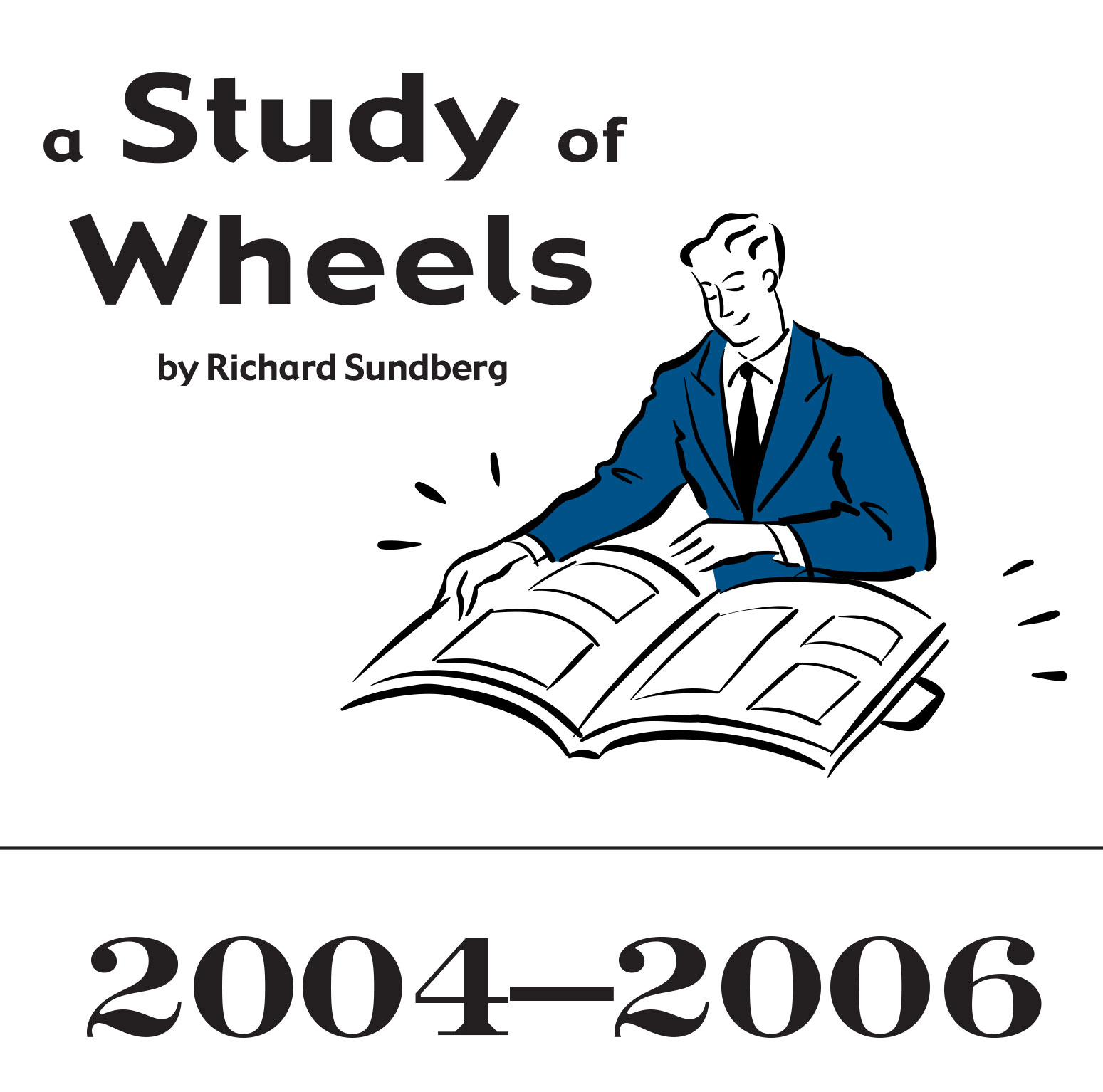
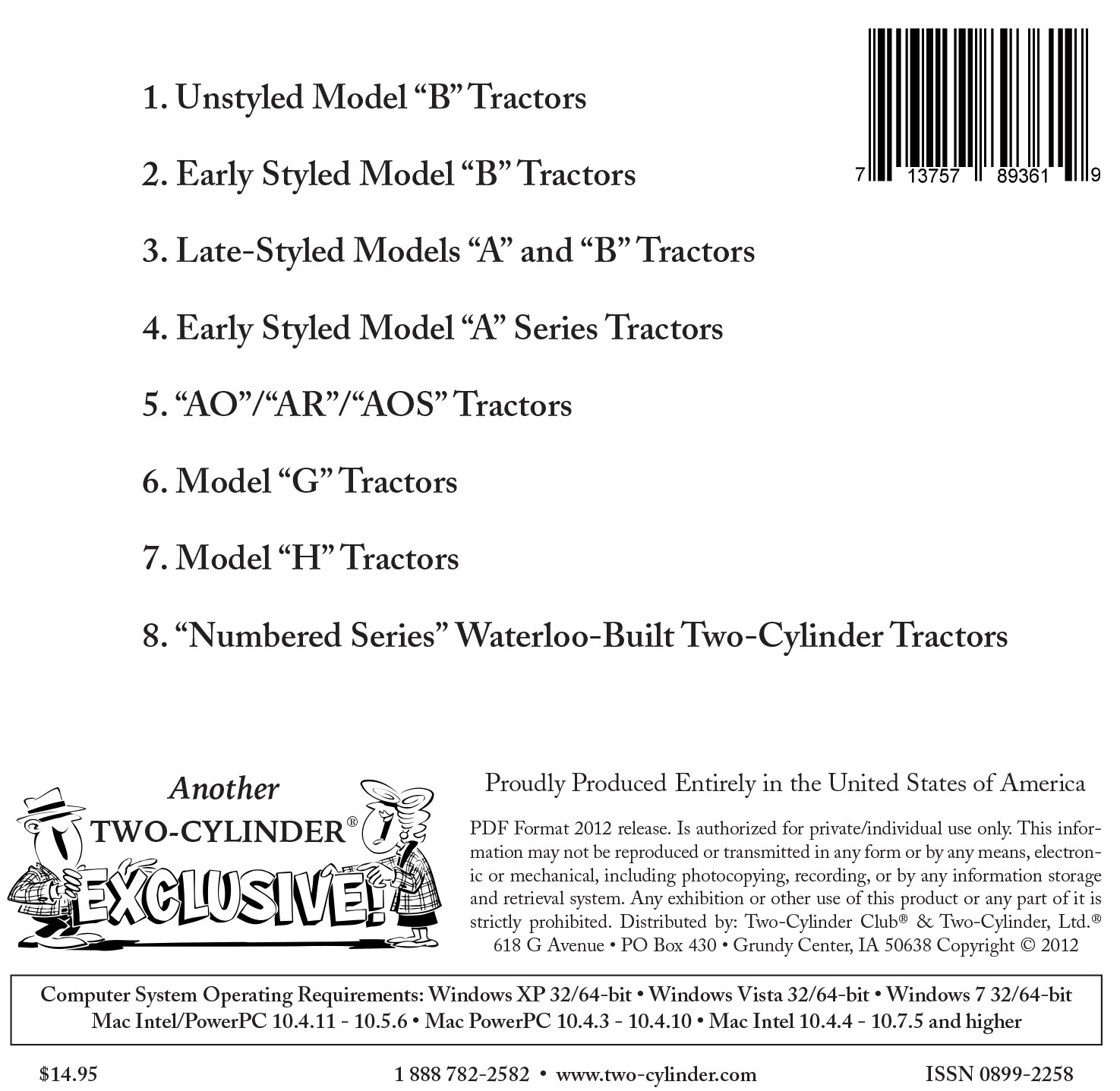
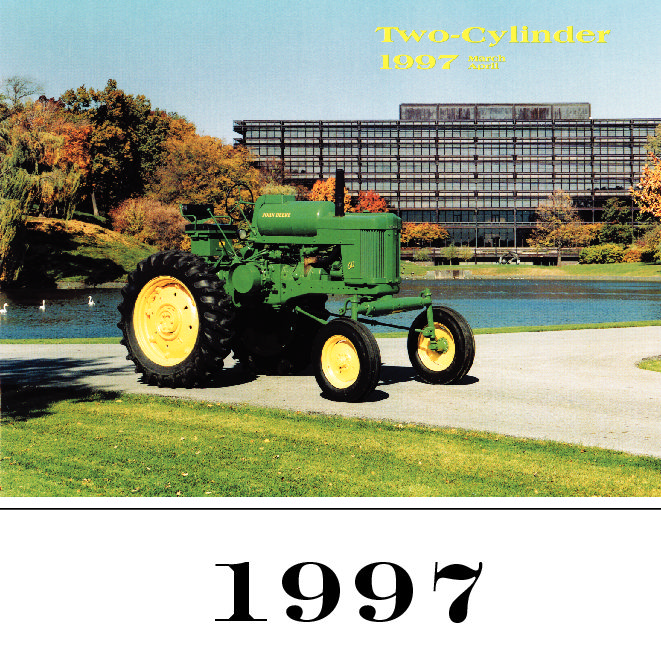
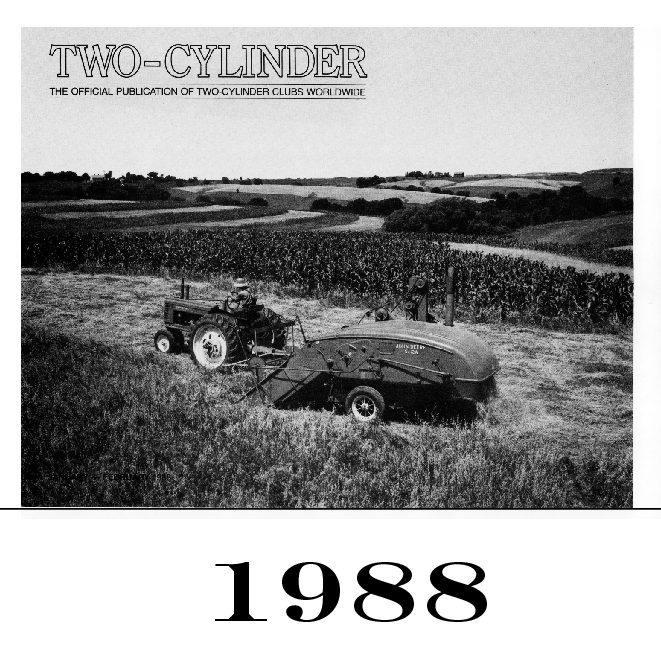
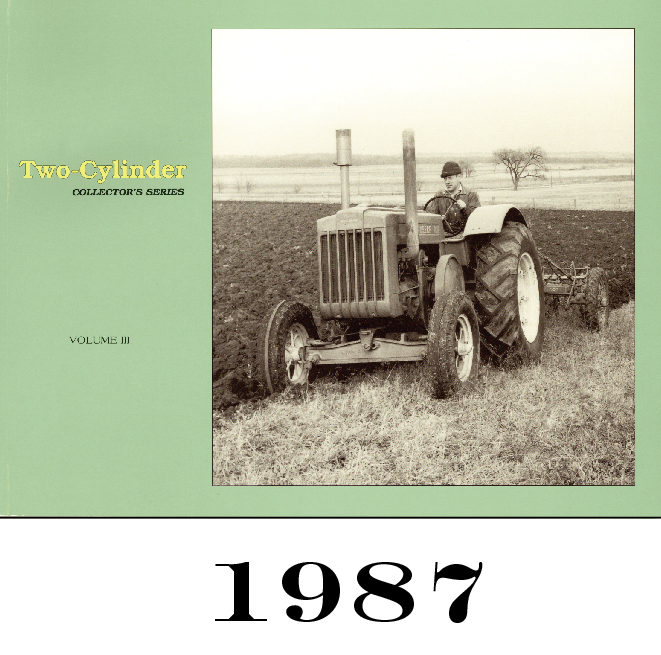
Reviews
There are no reviews yet.